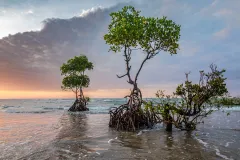Showing results for
"All"
Language
Content type
Article Type
Topics
Tags
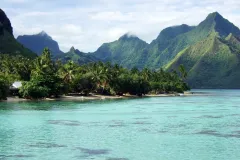
overview
Scientists Catalog Life on the Island of Moorea
Welcome to Moorea, a tiny, isolated island in the middle of the vast Pacific.......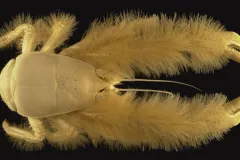
overview
The Census of Marine Life
Did you know that over 17,000 species thrive in the deep sea where no light......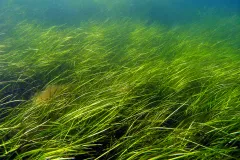
overview
Seagrass and Seagrass Beds
Seagrasses are found in shallow salty and brackish waters in many parts of the......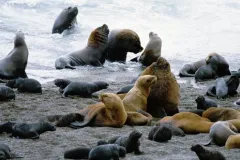
slideshow
Marine World Heritage Photo Gallery
Marine World Heritage is a prestigious list of 50 marine ecosystems and......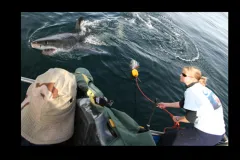
slideshow
Collaborator Research
Recent Antarctic expeditions, underwater volcano monitoring, studies of......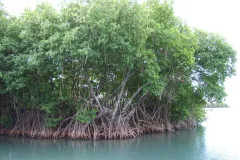
slideshow

